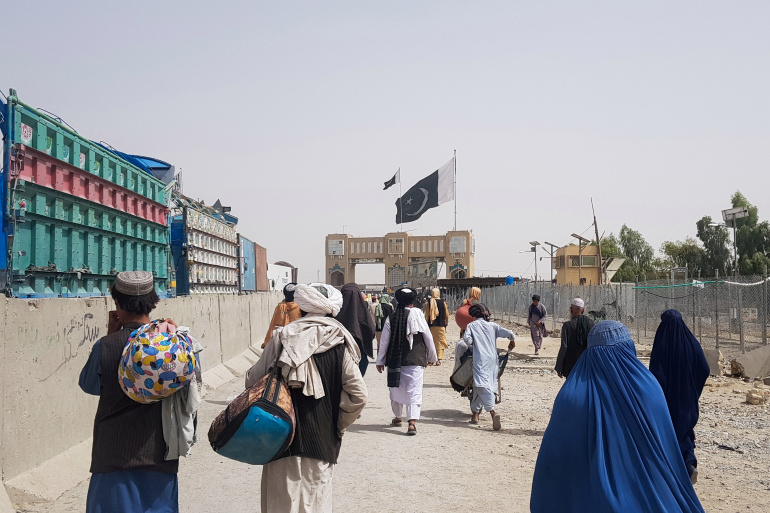
Why IMF thinks 30 poor nations are staring at an economic collapse
Debt moratorium plan is winding down, and interest rates are set to rise; India and other G20 nations should step up support, says global body

Thirty low-income nations, including Asia’s Afghanistan, Laos and Tajikistan, are dangerously close to an economic collapse, the International Monetary Fund (IMF) has warned. The global agency has further urged creditors in richer nations to suspend debt-service obligations for the distressed nations, and go for a renegotiation of terms.
By ‘economic collapse’, economists refer to a period of national or regional financial breakdown that could last from a few years to several decades. This period typically follows a crisis, and is characterised by currency volatility, social chaos and unrest, bankruptcies, low trade volumes, breakdown of law and order.
Spiralling debt distress
In a blog post, IMF Managing Director Kristalina Georgieva and Ceyla Pazarbasioglu said around 60% of the world’s poorest countries are at high risk of debt distress, or are already in it. In 2015, just 30% were in a similar situation. The current distress is “despite significant relief measures brought on by the COVID-19 crisis”, they said in the blog post, titled ‘The G20 common framework for debt treatments must be stepped up’.
How to better help low-income countries with high debt? Improve the existing G20 Common Framework by adding clarity on timeliness and offering a debt service payment standstill, write the IMF’s @KGeorgieva and @CeylaP_IMF in a new blog. Read the details:https://t.co/ZWSOjMODOI pic.twitter.com/g2WiOvB8sl
— IMF (@IMFNews) December 2, 2021
The authors pointed out that the challenges are mounting for many of these countries, particularly with new variants of COVID hitting economic activity. Also, COVID-related initiatives such as the G20 Debt Service Suspension Initiative (DSSI) are expiring this year-end, they pointed out. This will add to the troubles of several nations that already face arrears or a reduction in priority expenditures.
“We may see economic collapse in some countries unless G20 creditors agree to accelerate debt restructurings and suspend debt service while the restructurings are being negotiated,” said the IMF. “It is also critical that private sector creditors implement debt relief on comparable terms.”
Common Framework agenda
The G20 brought in the DSSI so that poor economies can temporarily pause their debt payments and pivot their funds to COVID management. This was followed by the Common Framework to help the poor nations restructure their debt and implement measures to address insolvency and protracted liquidity problems.
Also read: A TN tribal group’s struggle to get land in core tiger reserve
The DSSI, which kicked off on May 1, 2020, has offered about $10.3 billion in relief so far to over 40 eligible countries.
The next year, however, is likely to be ‘much more challenging’, said the agency. The DSSI is expiring at the end of 2021. This means participating countries will resume debt service payments. Some low-income countries need comprehensive debt treatment, and “the Common Framework will be critical to unlock IMF financing”, said the blog post.
Need for prompt action
But, the IMF rued, the Common Framework is “yet to deliver on its promise”. G20 official creditors had agreed to coordinate and provide debt relief consistent with the debtor’s capacity to pay while also maintaining essential spending needs. Till date, only three countries — Chad, Ethiopia and Zambia — have requested debt relief under the Common Framework. Each of them has experienced significant delays, said the IMF.
It may be noted that the G20 official creditors include both traditional ‘Paris Club’ creditors, such as France and the US, and new ones, such as China and India. The latter, in fact, have overtaken the Paris Club as lenders over the past decade.

